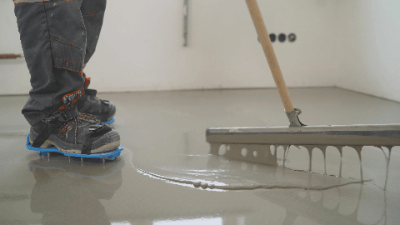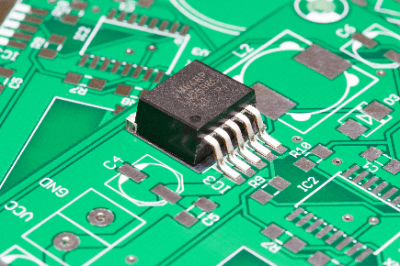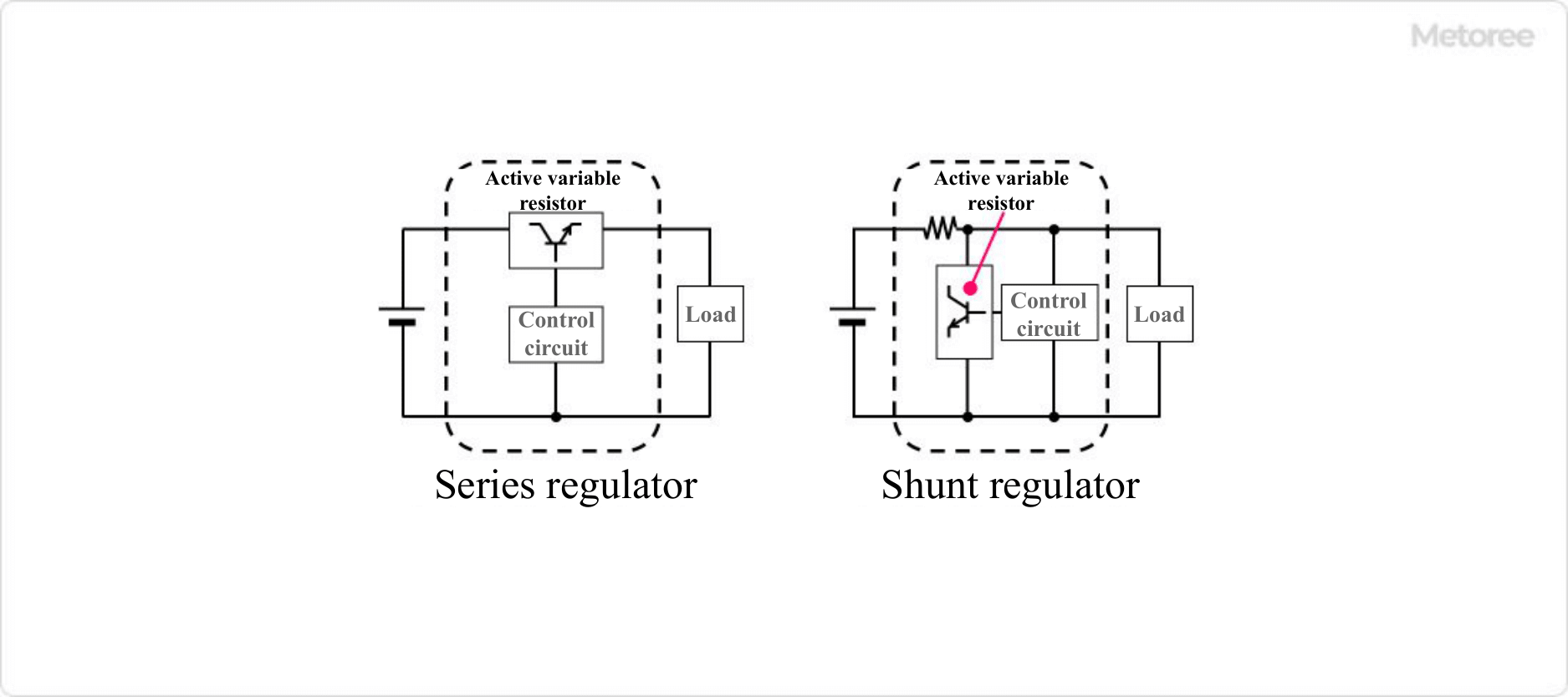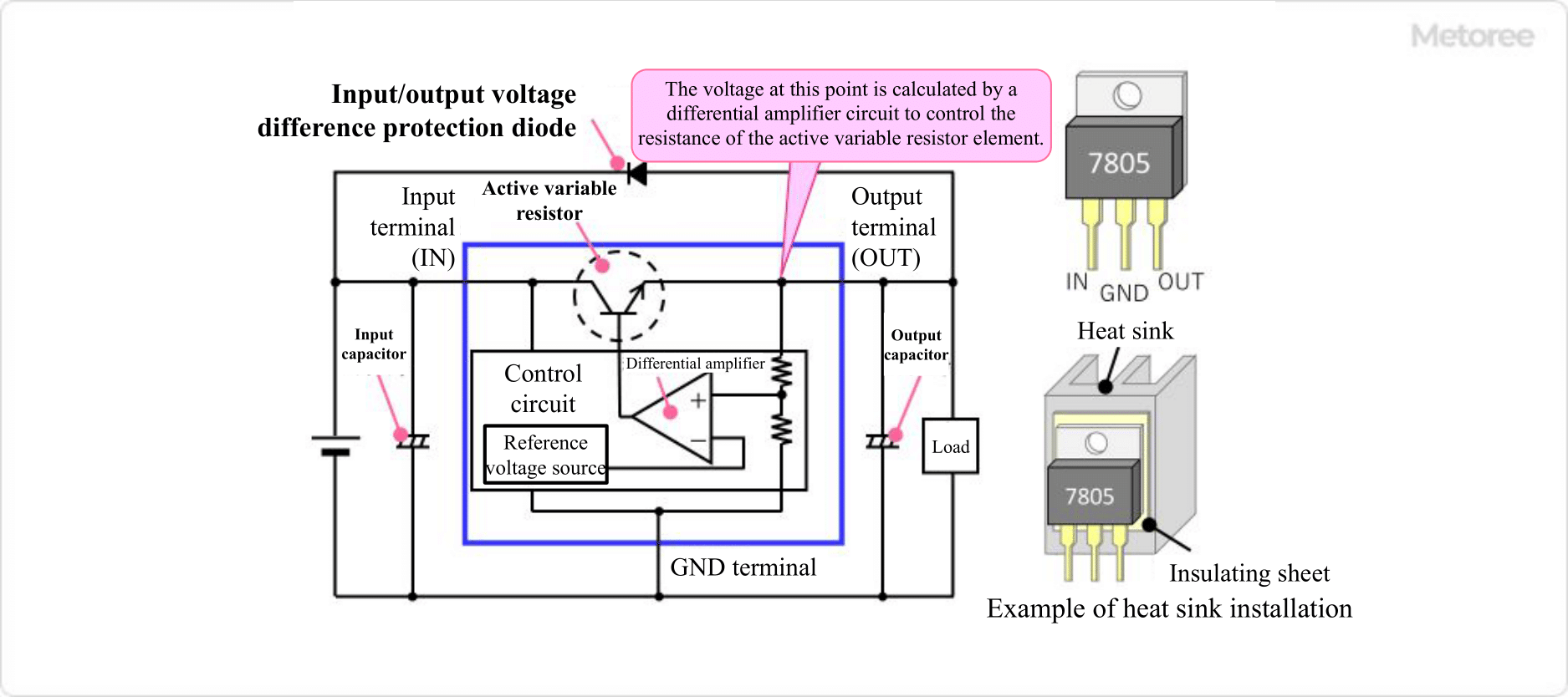What Is a Turbo Chiller?
Turbo chillers are heat cycle systems that cool brine, such as antifreeze, with a refrigerant such as CFC. The cooled brine is used for air conditioning and freezers.
Turbo chillers offer the advantage of highly efficient and space-saving air conditioning installations. However, the disadvantages are that the compressor requires a certain amount of electricity, refrigerant piping needs to be installed, and a large initial investment is required. In recent years, turbo chillers using alternative CFC and non-CFC refrigerants have been developed in consideration of the environment.
Uses of Turbo Chillers
It is mainly used for centralized air conditioning of large buildings and commercial facilities. For industrial applications, they are sometimes used in facilities that require cooling. Examples of industrial applications are shown below.
- Process cooling for textile and chemical plants that consume large amounts of cold water
- Semiconductor manufacturing plants that need to maintain a constant temperature and humidity environment
- District heating and cooling centrally managed on a broad regional level
In recent years, demand for these products has been increasing due to their high energy-saving performance.
Principle of Turbo Chillers
Turbo chillers, like other chillers, cool brine through a cycle of evaporation, compression, condensation, and expansion. The term “turbo type” is derived from the fact that a turbo compressor is used in the compression process. Because of its high refrigeration capacity and large size, it is used for large-scale cooling applications.
An overview of the cooling process is as follows:
1. Evaporation Process
In the evaporator, the refrigerant undergoes a phase change from a low-temperature, low-pressure liquid to a low-temperature, low-pressure gas. The brine is cooled by the heat of vaporization during this process. The cooled brine is circulated to the air conditioner.
2. Compression Process
The refrigerant vaporized in the evaporation process is compressed in a turbo compressor to become a high-temperature, high-pressure gas. In a turbo compressor, the refrigerant is compressed centrifugally by rotating an impeller.
3. Coagulation Process
The high-temperature, high-pressure refrigerant in the coagulator is cooled by the cooling water in the cooling tower, changing its phase to a medium-temperature, high-pressure liquid. The heat lost in the cooling water is released into the atmosphere in the cooling tower.
4. Expansion Process
The medium-temperature, high-pressure refrigerant is depressurized through the expansion valve to become a low-temperature, low-pressure liquid. After this, it returns to the evaporation process, and the cycle is repeated.
Other Information on Turbo Chillers
1. Difference Between Turbo Chiller and Absorption Chiller
There are various types of chillers, which are classified into two types according to refrigerant and refrigeration cycle: vapor compression chillers and absorption chillers. Turbo chillers are a type of vapor compression chiller.
Unlike the refrigeration cycle of turbo chillers, absorption chillers cool through a cycle of “evaporation, absorption, regeneration, and condensation,” with no compression process. Since absorption chillers can use both chilled water and hot water, they can be used for heating as well as cooling.
Absorption chillers use a corrosive absorption fluid called lithium bromide together with refrigerant. Therefore, if the chiller is used for a long period, its efficiency will decrease due to corrosion. In addition, since the absorption liquid contains hazardous substances, it is necessary to request a recovery company to dispose of the refrigeration unit when it is disposed of.
Since turbo chillers are more efficient as refrigeration units, they should be selected in accordance with the existing facilities and applications.
2. Difference Between Turbo Chiller and Chiller
A chiller (cooling water circulator) is a device that performs the same temperature departure as a turbo chiller. There are several differences between turbo chillers and chillers.
Chillers use brine to cool the circulating liquid, while turbo chillers use brine to generate cold air. In chillers, the circulating liquid itself freezes when super-cooled, so the temperature that can be cooled is about -10°C. In turbo chillers, the circulating liquid is cooled only by brine, and not by air. Turbo chillers are capable of not only cooling but also freezing, which makes a big difference in cooling limits.
3. Demand for Turbo Chillers
The market size of the field related to chillers, including turbo chillers, is estimated to be about 150K USD. Among these, demand in the Middle East region accounts for about 30% of the global market, and is expected to expand about six-fold by 2030. Demand for turbo chillers is expected to continue to grow in the future.
 Self-leveling materials are gypsum or cement-based natural flow materials.
Self-leveling materials are gypsum or cement-based natural flow materials.


